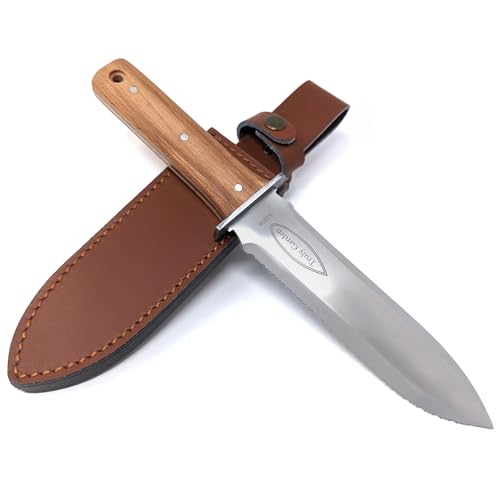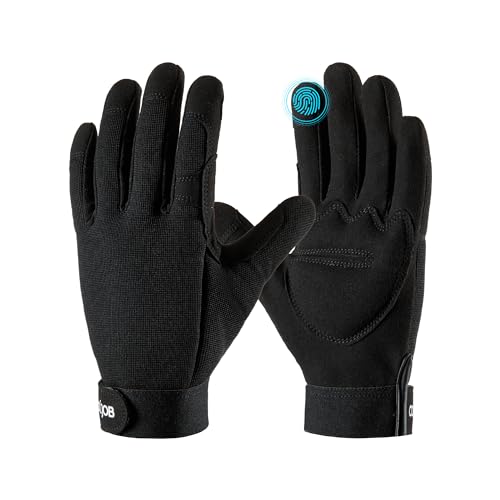How to get rid of pokeweed in your yard – expert advice on controlling this vigorous American weed
This fast-growing weed can cause problems in backyards

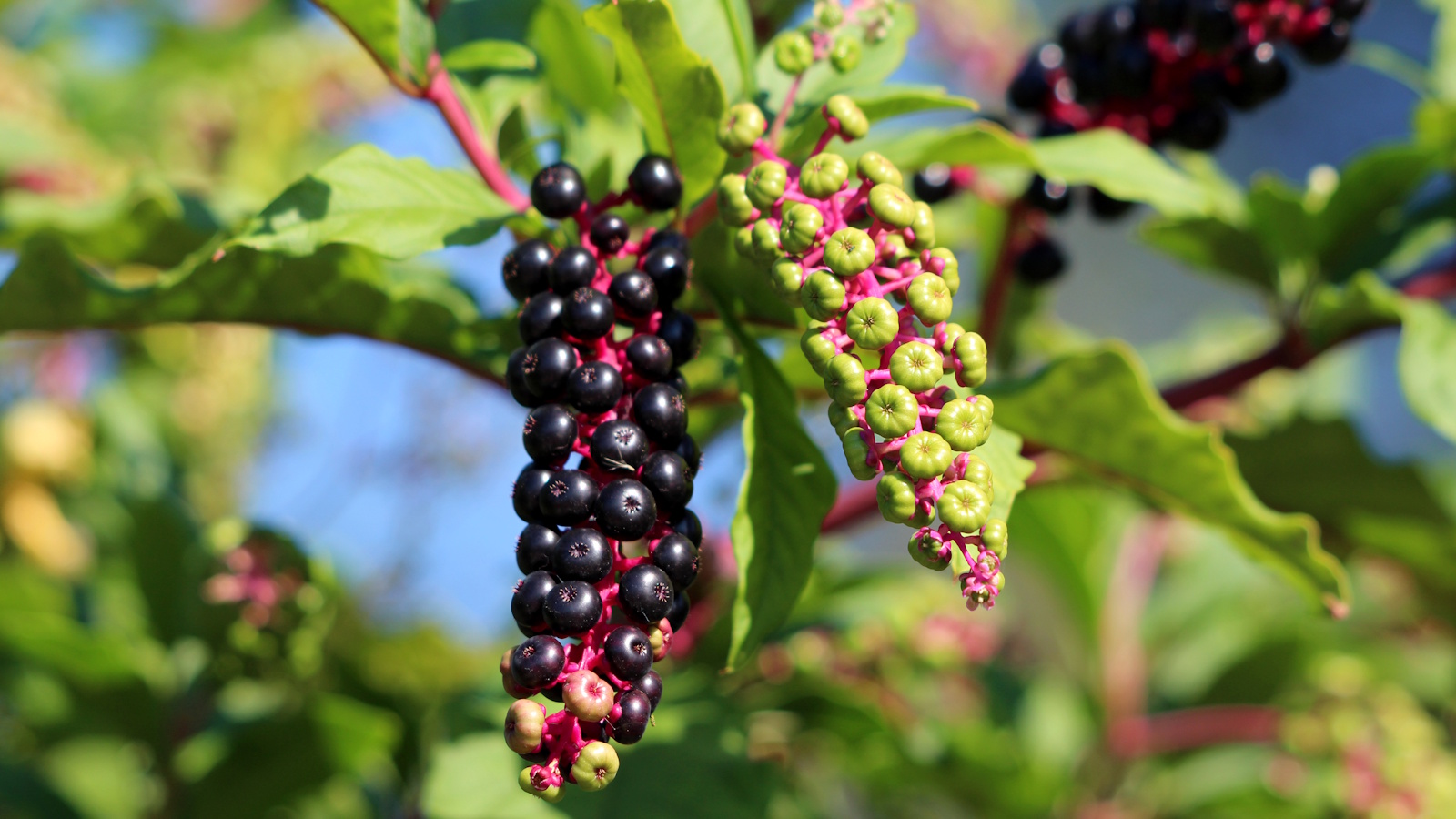
Weeds are to be expected in every yard, and while I am all for tolerating less problematic species (including dandelions and clover), some can get out of control. American pokeweed, or Phytolacca americana, is one such plant, proving to be a tricksy, toxic and rather frustrating plant to find in your borders.
As with all vigorous weeds, specific adaptations ensure their rapid growth and survival, and despite your best efforts to limit their spread, they seem to keep bouncing back. Believe me, I have battled with many bindweed and ground elder outbreaks in my gardening career. The same is true for American pokeweed, and its deep taproot and self-seeding nature make it a formidable opponent.
While not an invasive weed, as it is a native species, pokeweed can prove challenging in gardens. Here, one expert reveals how to get rid of pokeweed, providing effective strategies to remove it from your garden safely.
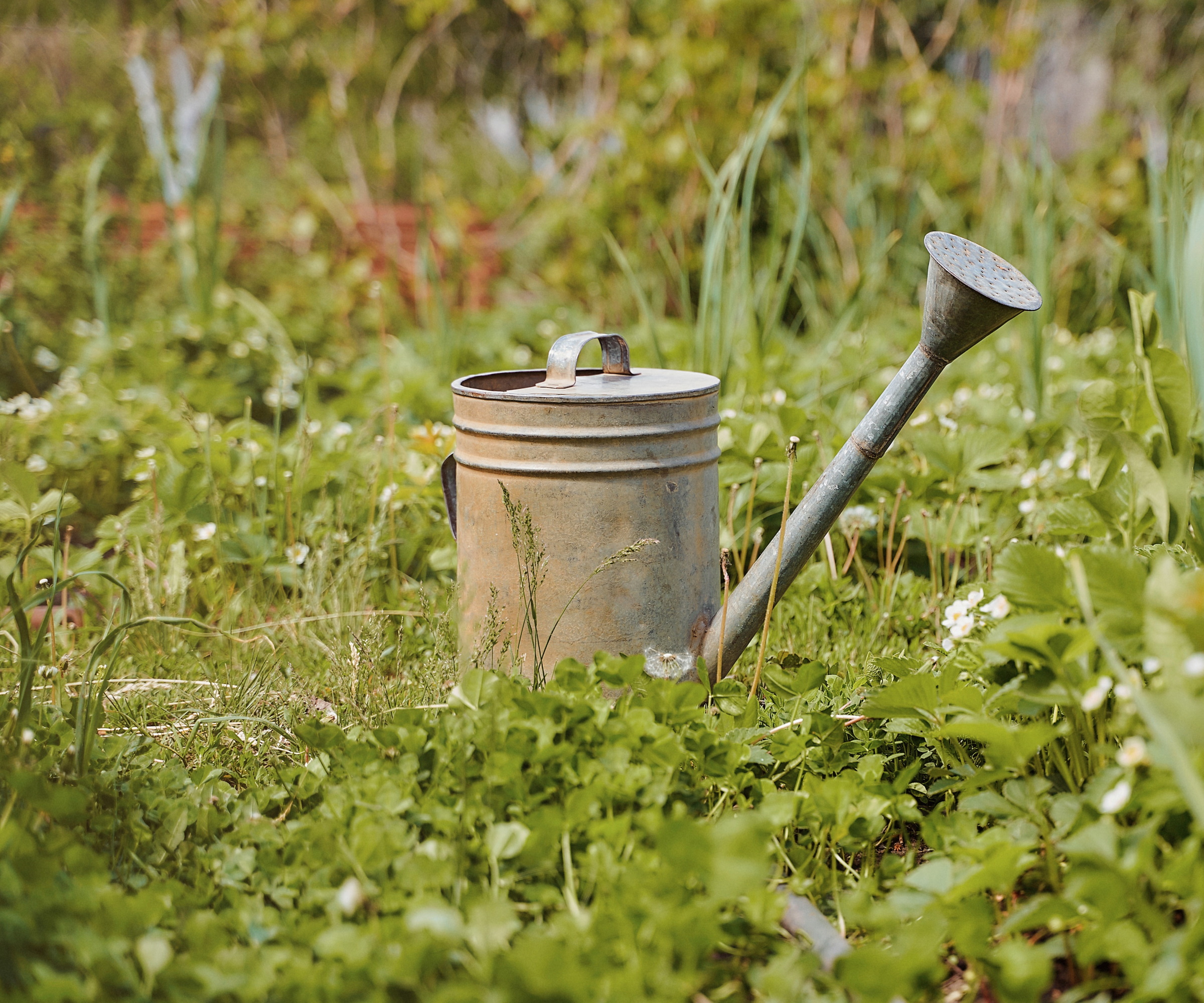
How to get rid of pokeweed
Many weeds and problem plants can be found growing across different climates and US hardiness zones. Some species, including pokeweed, can be dangerous, so learning how to keep weeds out of flowerbeds is important. Here, we reveal how to identify and eradicate this plant.
How to identify pokeweed
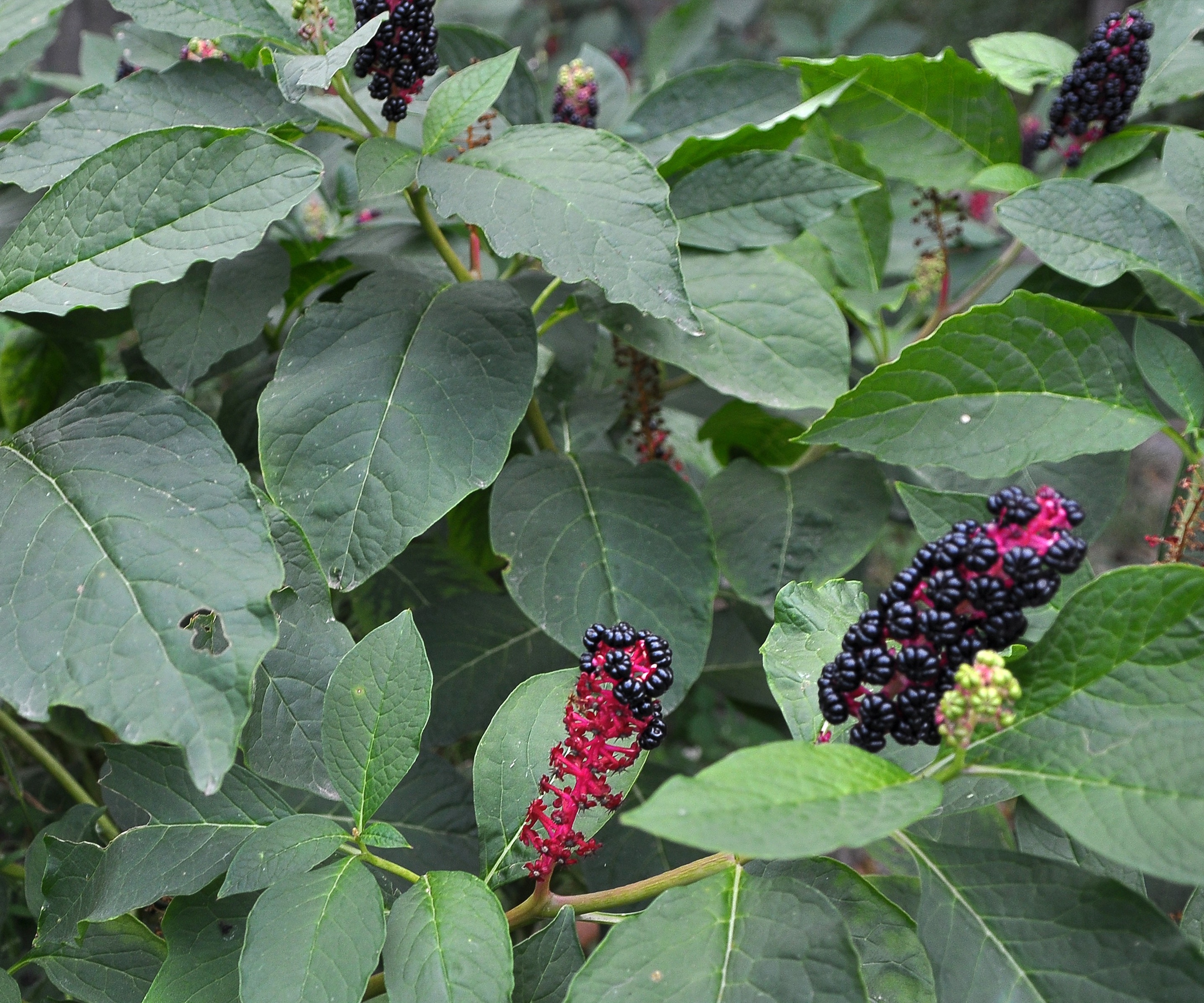
'Before you learn how to get rid of pokeweed, it is important to know what you're up against. I always say identification with common weeds is key,' says horticulturalist Michael Clarke.
'I deal with pokeweed in many yards where I work, and it is, fortunately, easy to spot. It has large, rounded green leaves and chunky stems that sometimes have a red or purple tint.'
While it is a native plant to North America, its actual native range is in the American Southeast. However, in other regions, including the Pacific Northwest, it is considered by many gardeners as invasive, as it grows in dense clusters and displaces native plants.
Design expertise in your inbox – from inspiring decorating ideas and beautiful celebrity homes to practical gardening advice and shopping round-ups.
'The white flowers are small, usually green when they first open, and typically are clustered in spikes that will open in the summer. It also has bright purple to black berries.
'These berries,' Michael continues, 'are unmistakable, and will easily help you identify this species. Be careful, however. While they look pretty, pokeweed is a poisonous perennial, and all parts of the plant, including these berries, are toxic.'
For this reason, it is always best to wear protective clothing when handling a pokeweed problem in your yard. To protect your arms and hands, these long gardening gloves, available from Amazon, should do the job.

Michael Clarke is the founder of Yardwork and Pulled, the online platforms for everything home and garden. He has a degree in landscape architecture and horticulture from the University of California Davis. He was previously the founder of a landscape development and maintenance company.
How to get rid of pokeweed
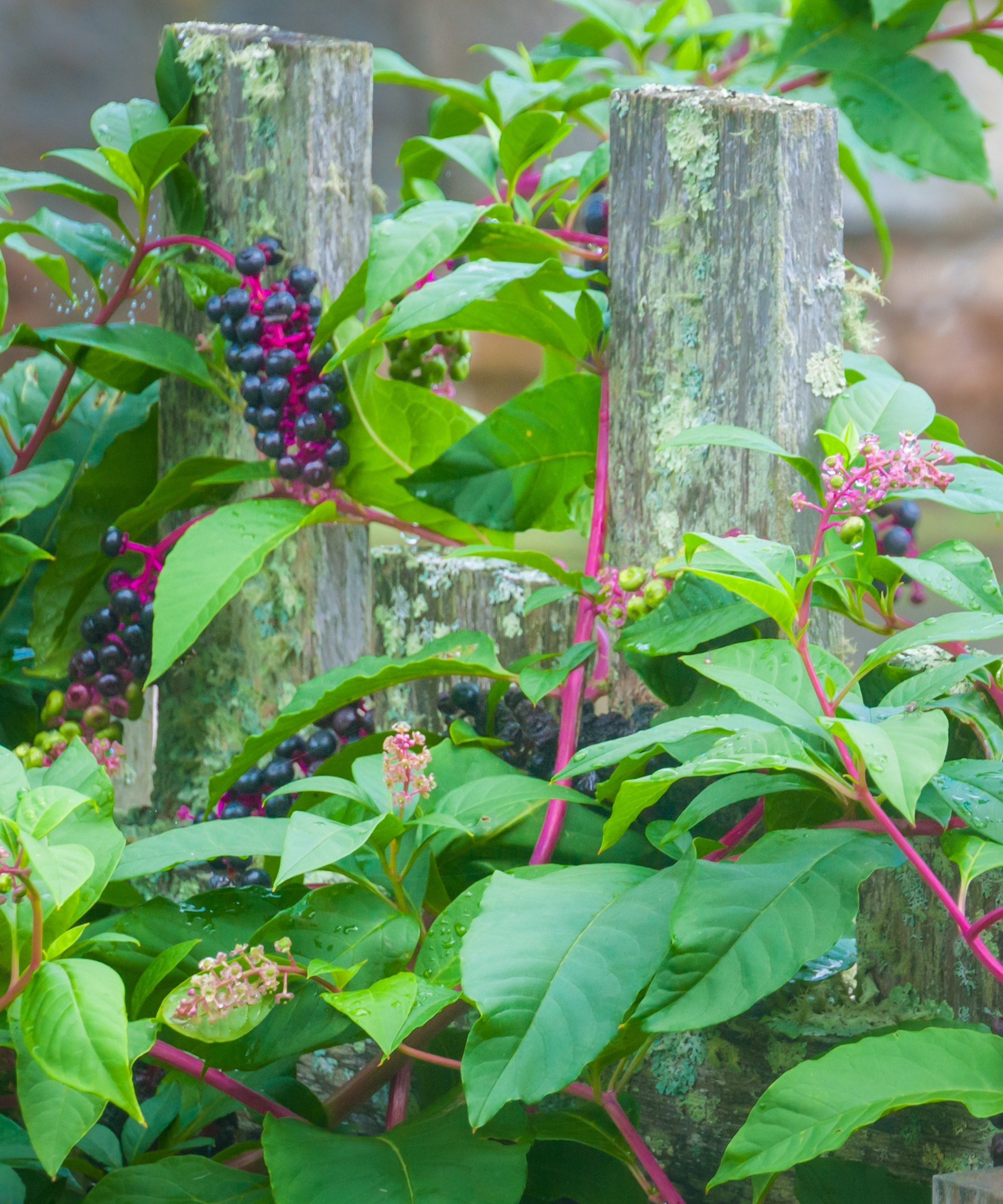
'To get rid of pokeweed, you are going to have to put in the hard work,' Michael says. 'Wear gloves and long sleeves, you don't want to get any sap on your skin as it can be a nasty irritant.
'Using a garden fork, tease the roots, and remove as much of the plant and root as you can. I sometimes suggest cutting the plant down to a few inches above the ground to make the job easier and prevent any unnecessary contact with the plant.'
Use something like this green waste sack from Wayfair as you work, being sure to collect and dispose of pokeweed leaves, stems, and roots in your green trash.
'The thing to look out for,' Michael continues, 'is the size of their taproots. They can go very deep, so you’ll want to make sure you get all of it.
'It can help to do this when the soil is slightly damp, a day or two after a heavy shower, which will free the roots. Avoid doing this in dry weather, as pulling can snap the roots and help the plant to multiply.
'Finally, I would also say keep an eye on your borders for newly germinated seedlings, which can spread around the yard.'
Using a smaller tool, such as a Hori Hori knife, can be a good idea for lifting pokeweed seedlings in borders. Try this Hori Hori knife, available via Amazon.
'While it will likely take several attempts and many months to clear your yard of pokeweed, it is not impossible, and with a little elbow grease and a good deal of determination, you can do so without the need for chemicals.'
FAQs
Can herbicides kill pokeweed?
Yes, herbicides from garden stores and nurseries can be used to eradicate pokeweed, but using chemicals in your yard should only ever be a last resort. If you are concerned about invasive pokeweed and have tried and failed with natural methods, it is best to seek help from a gardening contractor or local professional who will be able to advise.
What you might not know is that pokeweed can contribute to healthy soil, particularly in yards with poor or sandy soil. The deep roots help prevent soil erosion, and they can mine certain minerals from deep in the soil and make them available to other plants. So, in its native range in the American Southeast, pokeweed can actually be a blessing in some yards.
For more information on problem plants, see our guide on how to get rid of skyseed, a newly discovered weed that is causing concern in southern states.
Shop weeding equipment
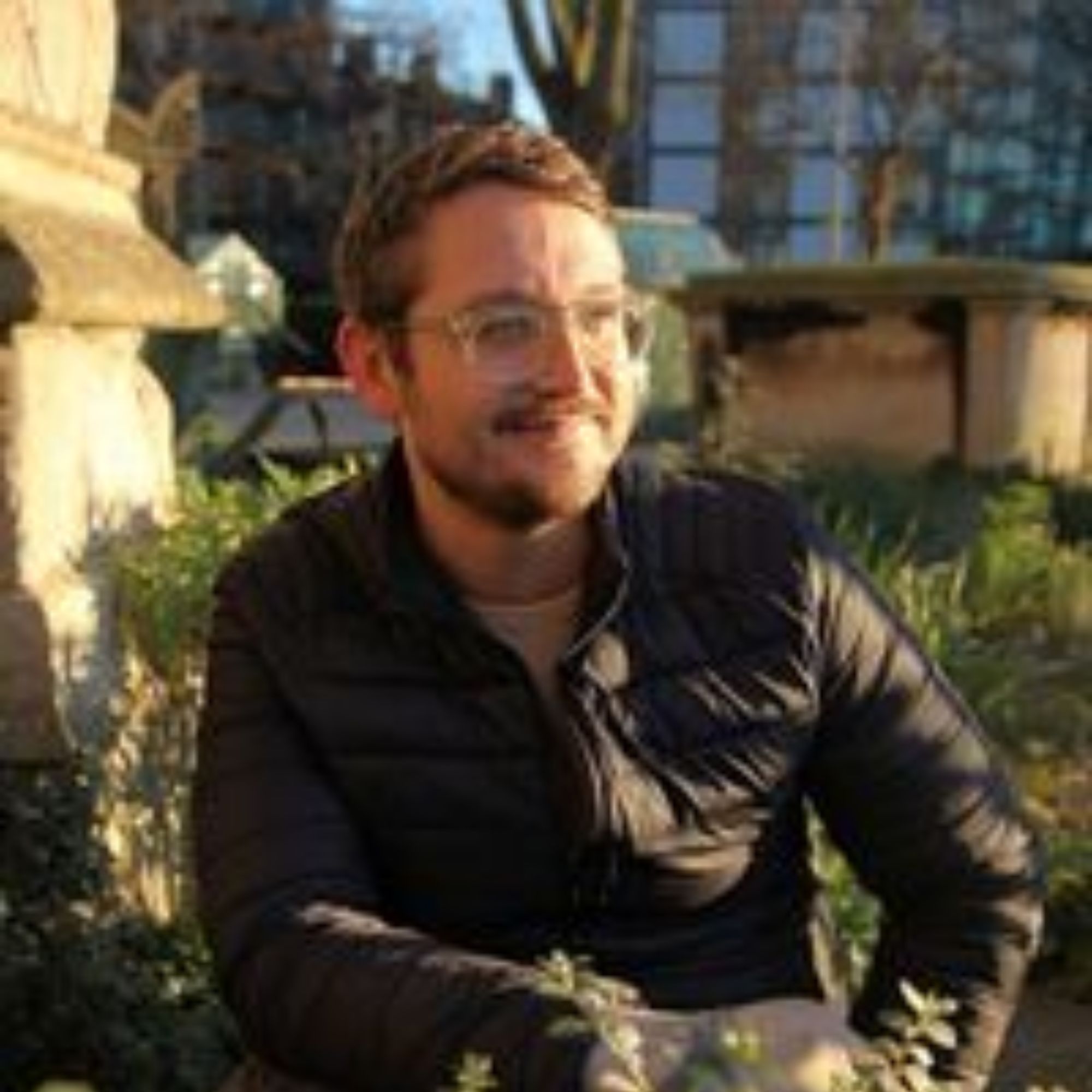
Thomas is a Content Editor within the Gardens Team at Homes and Gardens. He has worked as a professional gardener for both public spaces and private estates, specializing in productive gardening, growing food and flowers. Trained in Horticulture at the Garden Museum, he has written on gardening and garden history for various publications, including The English Garden, Gardens Illustrated, Hortus, The London Gardener and Bloom. He has co-authored a Lonely Planet travel book, The Tree Atlas, due out in 2024.
